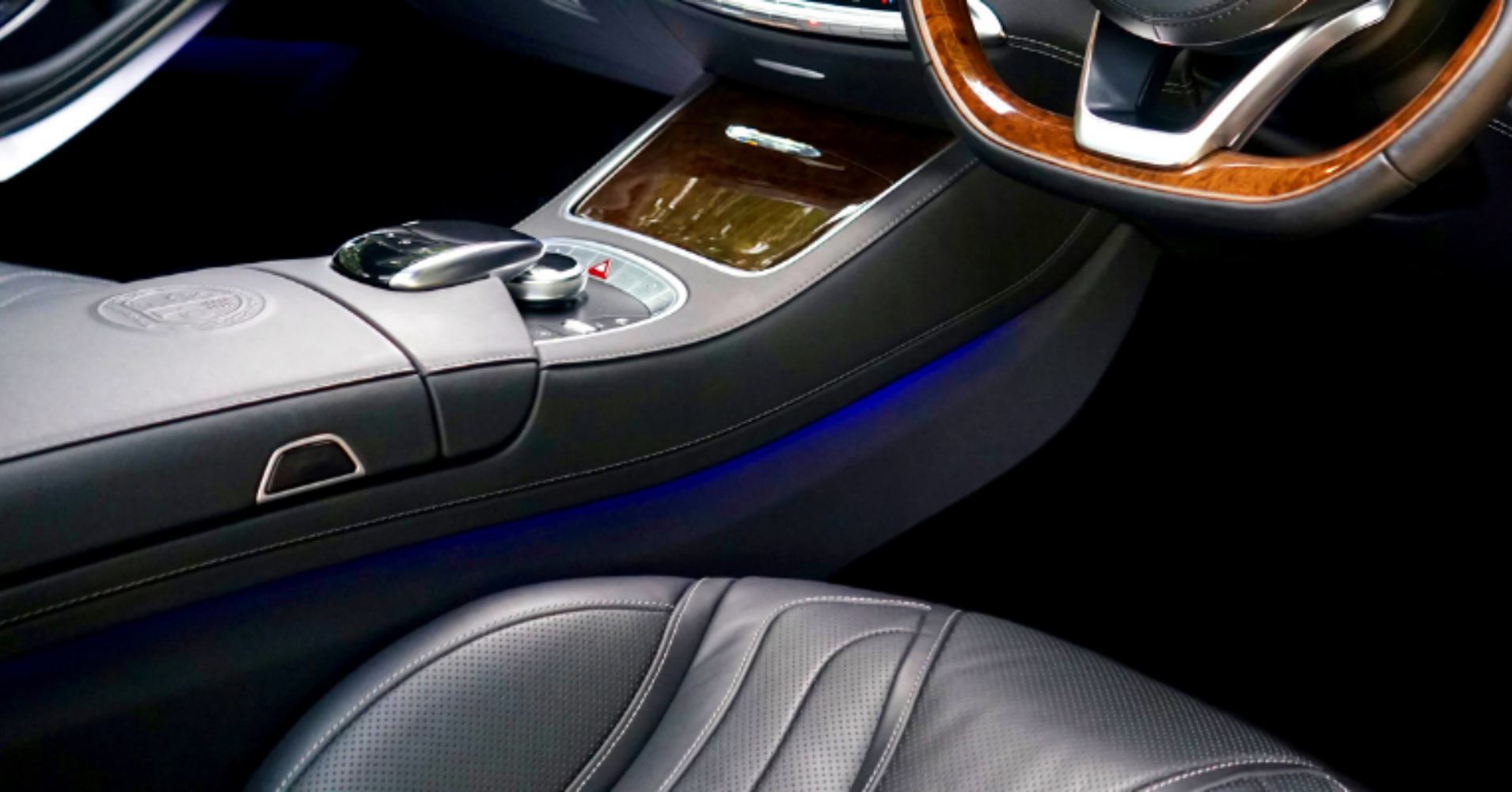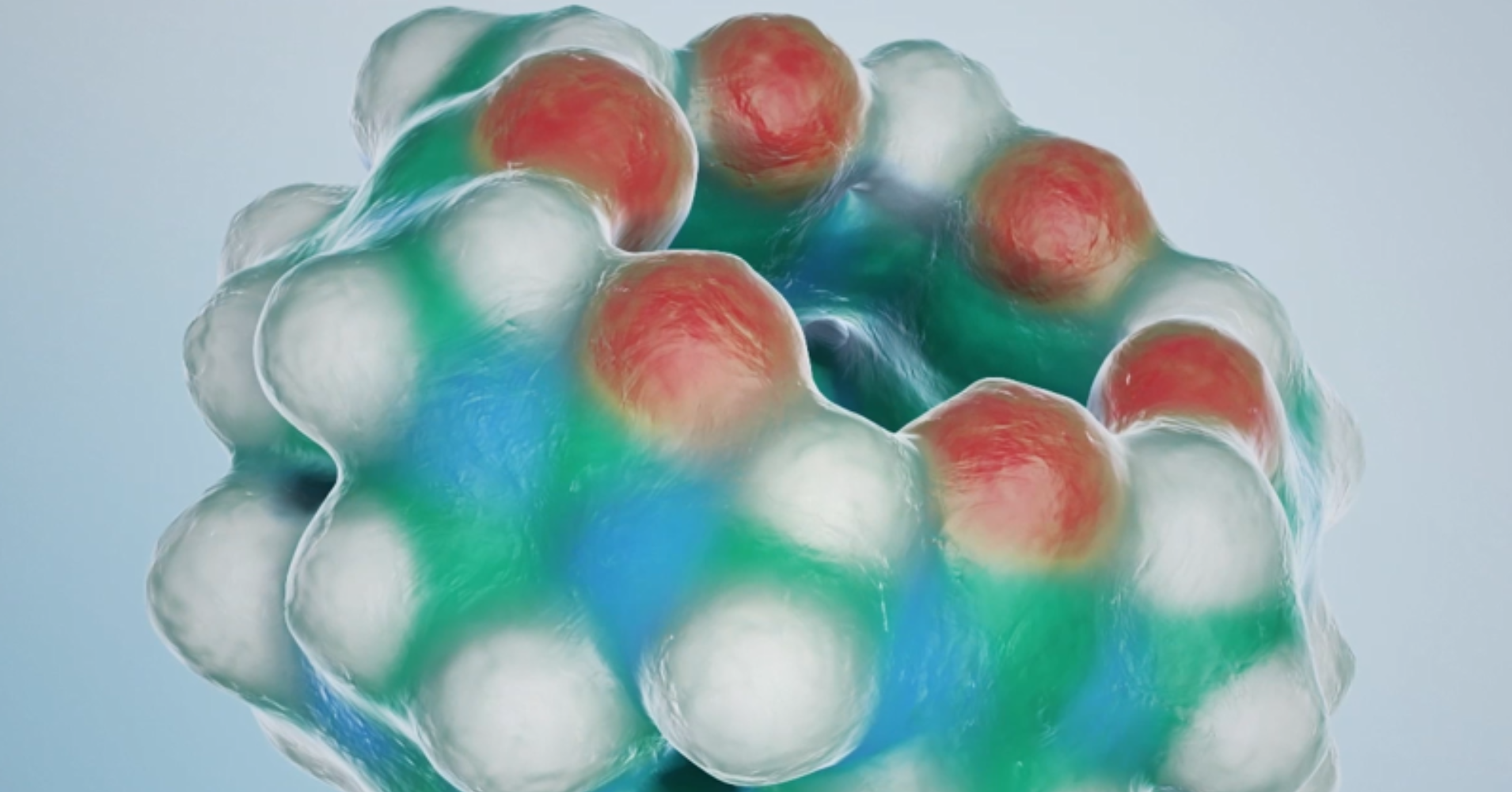AqFresh™ captures VOCs from PVC & PU so they consistently pass the threshold according to the VDA-270 for automotive interiors
AqFresh™ technology has been proven to capture odour and other VOC emissions from high-VOC materials such as PVC and PU used for coated textiles in the automotive interiors industry. This enables them to consistently score below the accepted 3.0 threshold level on the 1-6 scale to meet the VDA-270 industry standard. AqFresh™ powder was placed side-by-side with the Polyvinyl Chloride / Polyurethane in a glass jar and the trained panel rated the Volatile Organic Compound odour emissions from the jar.
For your free VDA white paper or test report of AqFresh added to your textile*, please complete the form below adding “VDA REPORT” or “VDA WHITE PAPER” to the message.
(*This offer is limited to the first 4 textile/coating manufacturers with £100M+ turnover.)
Other enquirers will receive our free Coated Fabric VDA Odour Testing White Paper**, comparing the odour emissions of a range of different types of coated fabrics used for automotive interiors.
(**This offer is unlimited.)
AqFresh™ captures VOCs from PVC & PU for improved Vehicle Indoor Air Quality (VIAQ)
Tackling Vehicle Indoor Air Quality (VIAQ) is a key priority for the automotive interiors industry.
79% of consumers experience malodours in their car. As well as the obvious sources such as poor ventilation, fumes and body odour, a key problem cited by car users is the leather and plastic smell especially from new cars. According to an Aqdot survey of over 500 global consumers in US, UK, FR, IT, CN, 86% say that malodour negatively affects their mood, and 69% are now more concerned than ever about indoor air quality.
Malodorous VOCs affecting VIAQ is not just an issue of customer satisfaction, but increasingly many countries are introducing guidelines or legislation. For example, China introduced the GB/T 27630-2011 “guideline for air quality assessment of passenger cars” in 2012. This guideline covers testing methods and maximum automotive interior emissions. It is expected to become a legal requirement for M1-class vehicles (passenger models with up to eight seats).
VDA-270 Test
The VDA odour test is run by Aqdot using trained assessors selected according to ISO 8586 for their ability to discriminate and describe malodour. They are trained & assessed quarterly using validated polymeric standards provided by a qualified supplier.
The panel follows the ISO 4121 and VDA 270 tests to evaluate the impact of our counteractant. The panellists evaluate the odour intensity based on the scale from 1 to 6 (not detectable to extremely strong odour). They also evaluate the hedonic tone from -4 extremely unpleasant to +4 extremely pleasant.
AqFresh™ IAQ molecule capture technology
AqFresh™ captures VOCs from PVC & PU. This odour capture technology can be added to automotive interior materials like PVC and PU to capture odours, VOCs and other pollutants. The intended result is improved Vehicle Indoor Air Quality.
This patented technology consists of cucurbiturils: barrel-shaped molecules with a hydrophobic cavity and polar portal. Their unique structure enables exceptionally tight capture & binding of unwanted molecules.
AqFresh™ has been proven to capture the 8 key VOCs found in automotive interiors. These are: acetaldehyde, acrolein, benzene, ethylbenzene, formaldehyde, styrene, toluene and xylene.
AqFresh™ is available as powder which has been successfully demonstrated to reduce the malodour VOC emissions of materials made from PVC and PU.


